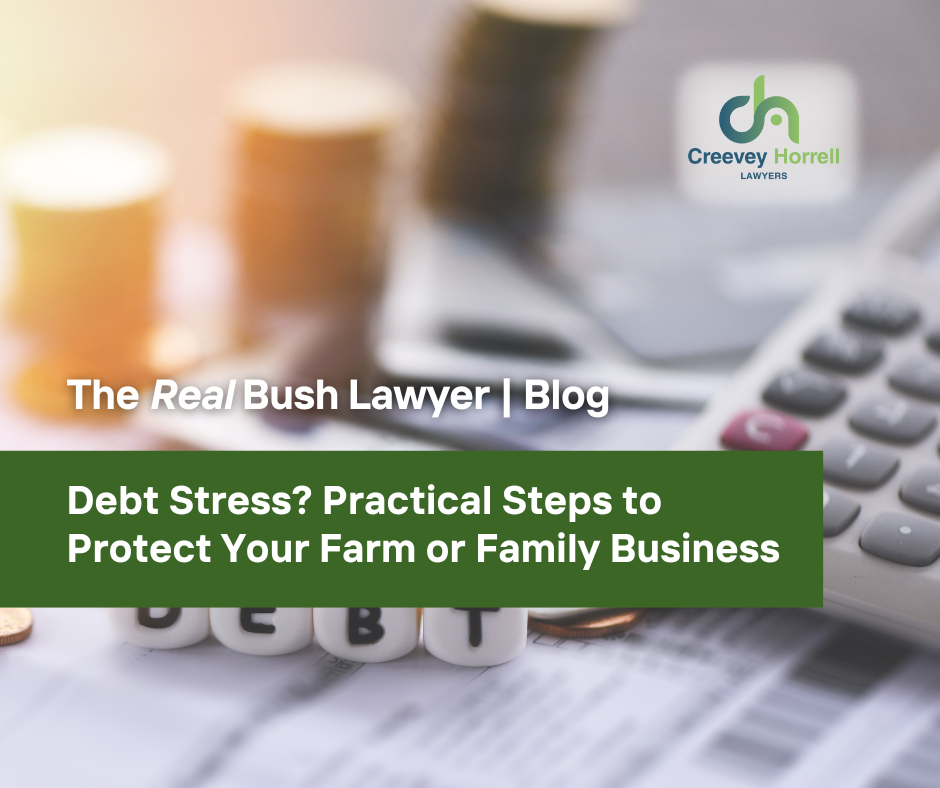AUSTRALIAN TRUST LAW | WHAT YOU NEED TO KNOW
- yyong59
- Jul 13, 2022
- 4 min read

What’s frequently misunderstood, is commonplace in Australia and makes up a fundamental part of family finance, business ventures and investment, you ask? Well, that’d be Trusts!
For many – Trusts mean a sense of security. Assets are protected, the tax liability is reduced, and probate avoided. Amazing!
However, the ins and outs of Trusts can be tricky to navigate, so this happily-ever-after life a Trust can provide isn’t always attainable.
To discuss the intricate legal concepts involved with your situation when it comes to forming a Trust – seek advice from a team of professional lawyers.
What is a Trust?
Arguably one of the most misunderstood elements of a Trust, is the definition alone. A common line of thought is that a Trust is a legal entity, company or individual. Contrary to popular belief, this not the case.
A Trust is a relationship, not an entity.
Let’s say that again for the people in the back…
A Trust, at its core, is a relationship and is not a separate legal entity or person at all.
When using the term relationship - not to be confused with the relationship between an individual and their partner – it is referencing one recognised and enforced by the courts under equitable jurisdiction. This is a relationship between Trust properties, trustees and beneficiaries.
Who’s who when it comes to Trust relationships?
Defined in simple terms:
• Trust properties refer to the assets that have been placed in the Trust, and collectively they make part one of the relationship; and
• Those who legally own the title to the assets under the Trust are the trustees – part two of the relationship; and
• Finally, the beneficiaries for whose benefit the e assets are held.
Three parts to a whole, forming (the beginnings of) a Trust.
Common Reasons for Creating a Trust
Trusts are commonly used to separate assets from someone’s estate. For this reason, Trusts are often used to shield assets from bankruptcy proceedings or plaintiffs in lawsuits.
However, it should be noted, that once those assets are placed in a Trust – they are no longer beneficially ‘owned’ by the trustee. The trustee owns the legal title to the assets, but has to administer the assets for someone else’s benefit.
Trusts are also created • for children’s assets; • to hold shares; • for investment purposes; • as part of a business structure (trading trusts); • to protect assets; and • to assist in tax planning, and many other reasons
There are varying types of Trusts.
As there are varying reasons behind the creation of a Trust – there are varying types of Trusts to accommodate these reasons, too. Here are just seven, simplified.
7 different types of Trusts, simplified. 1. Discretionary Trust or Family Trust
These are generally associated with tax planning and asset protection for family members, given the name ‘family trust’. The trustee administers assets (such as an investment property, or a business) and has the power to distribute the income and the assets themselves between a range of beneficiaries. It is called a ‘discretionary’ test because the trustee has the discretion to decide which beneficiaries will receive distributions.
2. Fixed Trust A fixed Trust is, essentially, where the trustee holds the trust properties for either a single beneficiary or a number of beneficiaries each of whom is entitled to a – in certain fixed share of the trust. Here, the appointed beneficiary is entitled to the fixed share of the capital and income of the trust.
3. Bare Trust
A bare Trust involves one trustee and one beneficiary. The trustee is like a ‘nominee’ who does not have the power to make to make active decisions about the trust assets. An example may be when a shareholder holds shares on behalf of an individual who opts to remain unidentified, or wen a superannuation fund borrows money to buy an investment property and is required to establish a ‘bare trust’ to hold the ownership of the property.
4. Unit Trust
Generally, unit Trusts are fixed where the beneficiaries are entitled to their holding on allocated ‘units’.
5. Hybrid Trust Quite like the name suggests, hybrid Trusts are a combination of Trusts. This involves characteristics of ‘fixed Trusts’ and ‘discretionary Trusts’.
6. Charitable Trust Wherein a trust is established specifically for charitable purposes, so there are no specifically named beneficiaries. Charitable trusts are heavily controlled by the courts.
7. Superannuation Fund
In Australia, Superannuation funds must be held in the form of a trust.
You may also come across: • Trust accounts, • Testamentary trusts • Foreign trusts
• Constructive trusts
• Implied trusts
• Resulting trusts
• and more
Proceed with Caution
The way in which each kind of Trust operates does vary rather drastically. Before you get involved in something you’re not sure on - it’s important to engage a professional lawyer to assist you in these Trust law matters.
Common Issues
It’s important to seek assistance from a lawyer who knows their stuff whenever you are setting up a Trust or undertaking a transaction. Trust law is notoriously technical, and we have seen many examples where people, sometimes unwittingly, can get into hot water by not properly understanding the intricacies of trust law.
If you need advice about a Trust, our team at Creevey Russell Lawyers would be eager to assist you. Please don’t hesitate to contact our team today on our direct line 07 3009 655 or reach out to our team via email at creeveyrussell@crlawyers.com.au today.




.png)




Comments